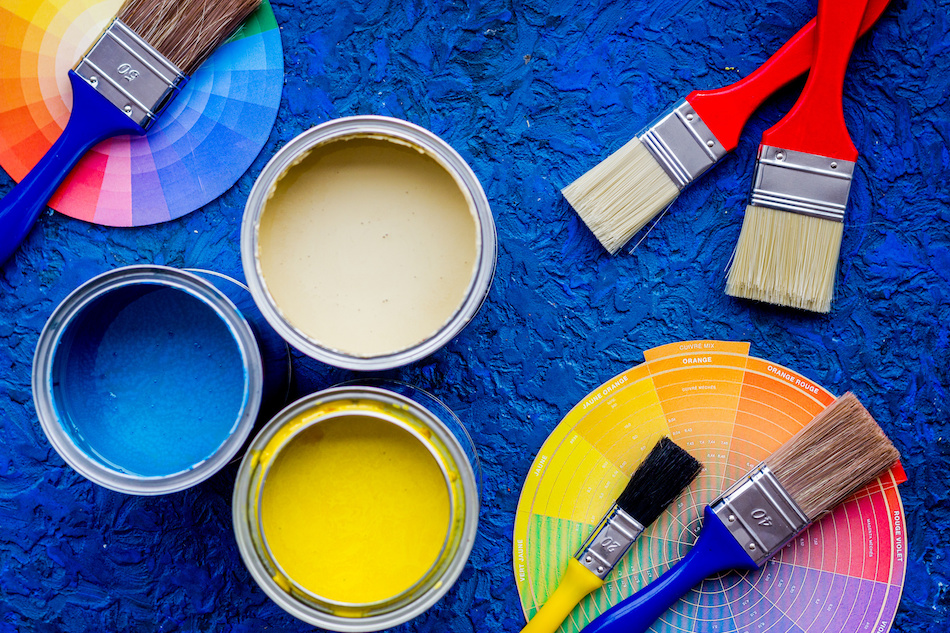 For homeowners who are only familiar with painting rooms, painting a home’s exterior can seem like another beast entirely. But don’t worry, exterior painting is mostly the same as interior painting—it just requires extra planning and preparation to be successful. Here are seven essential tips for getting the job done and give your Atlantic Highlands home an edge in the competitive real estate market.
For homeowners who are only familiar with painting rooms, painting a home’s exterior can seem like another beast entirely. But don’t worry, exterior painting is mostly the same as interior painting—it just requires extra planning and preparation to be successful. Here are seven essential tips for getting the job done and give your Atlantic Highlands home an edge in the competitive real estate market.
1. Check the Weather
Painting a home’s exterior is a project that will likely take more than one day to complete, so make sure to check the weekly forecast around your oceanfront home. If it starts to rain, it could ruin the paint, and if there’s wind, it could blow dirt and leaves onto the fresh paint. Make sure to do exterior painting on a sunny day with low humidity and wind.
2. Buy a Quality Paint
When it comes to quality, the highest price doesn’t mean the paint is the highest quality. There are many moderately priced paints that get the job done just as well as paint that costs more than $100 per gallon. Buy one that doesn’t break the bank but also comes from a trusted brand that has proven results.
As for identifying exterior paint as opposed to normal interior paint, the can should say clearly on the can if it’s intended for outdoor use.
3. Combine All the Paint
Exterior painting is a big job that’s without a doubt going to require more than just one gallon of paint. In this case, buy all the necessary paint at the beginning as well as one of those giant five-gallon buckets hardware stores sell. Dump all the paint into the bucket and give it a good mix. This will ensure that the color is the same across all the paint in case there was any sort of error when it was originally being mixed at the store, so there won’t be any reason to worry about part of the home looking darker or lighter than the rest of it.
4. Protect the Yard
Painting can be messy, so to make sure none of it gets splattered across the gardens, lawn furniture, lawn, deck, or anything else stray drips could ruin. Take a tarp or an old bed sheet and throw it over whatever needs a little extra protection, then weigh it down with a few rocks so a stray breeze doesn’t carry it away.
5. Look for Damage
Painting a home’s exterior is the perfect time to do a close inspection for rotting wood or damage due to insects or birds. Taking the time now to repair or replace the old wood can save time and money in the future. Other things to check for damage are windows and caulking.
6. Prepare the Painting Surface
This may require a few different steps depending on the condition of the home’s siding. Is the home’s original paint peeling? If so, then it’ll need to be either chipped or sanded off. After the old paint is removed, the siding should be pressure washed to get rid of any remaining traces of paint or sawdust. This is an important step because it’s difficult for the new paint to stick to a dirty surface. Thoroughly cleaning the siding will make sure everything goes on smoothly and stays on.
7. Seal the Paint
Before the job is done, the new paint should be sealed. Sealing the paint will help it last longer and be more resistant to weather like rain and wind. There are different sealers for different type of exterior paints and wood stains, so make sure to get the correct variety for the project.
Exterior painting may need some extra attention, but it isn’t anything to be afraid of. Keep these tips in mind, and painting can be a breeze.

Leave A Comment